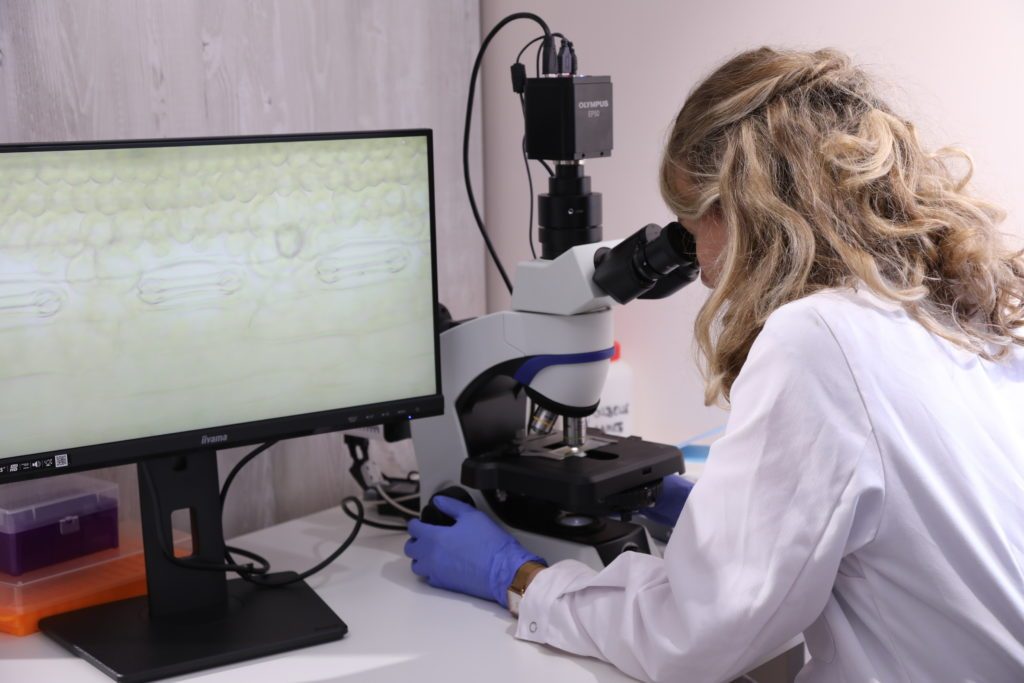Drought tolerance in plants is highly complex since several genes are involved in the process. For many years now, breeders have been working hard to identify the relevant genes to develop varieties that are drought tolerant and incorporating them into commercial seeds. Selecting seed varieties entails extensive cross-breeding and phenotypic observations level on factors such as stomatal closure, root development and the plant’s water management capacity. Breeders generally begin their research with naturally resistant wild species. The main difficulty is detected the right combination of genes involved. While a single gene can be isolated relatively easily, it triggers only a partial reaction in the plant conducive to combating water scarcity, requiring further experimentation to identify all the involved genes.
Genetic selection for enhanced resistances can also have negative effects on other qualitative or quantitative factors in the plant. It is well-known among seed producers that strengthening resistance to an external phenomenon is inversely proportional to yield. In other words, a decline in potential occurs in exchange for better behavior when faced with stress.
It is therefore very complicated to obtain this type of genetic event. The work is long and unpredictable, and the development of a drought-resistant variety can take between 8 to 10 years.
Phytosterols unlock the plant’s full genetic potential for preventive action
When plants are exposed to environmental stress – particularly water scarcity – they naturally produce biochemical substances such as phytosterols to trigger the appropriate metabolic defense mechanisms. Use of these ‘signal’ molecules as a preventive measure elicits natural resistance reactions to anticipate risk. According to the many trials carried out in different countries on corn, this mode of action delivers highly predictable results, with effectiveness linked to the environmental conditions encountered by the plant. In optimal situations, application of phytosterols systematically increases yields, regardless of the geographical location.
This innovative technology, complementary to genetic selection, allows for the under- or over-expression of genes involved in water stress management. Phytosterols thus act as natural regulators with specific, predictable and consistent effects. The EliTerra technology platform, developed by Elicit Plant to understand and exploit the potential of phytosterols, can develop products to combat water stress – with the right formulation for vulnerable crops – in just one year. This is a great opportunity for farmers.










